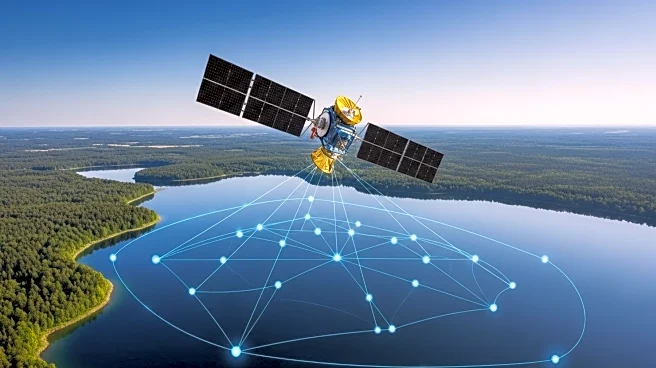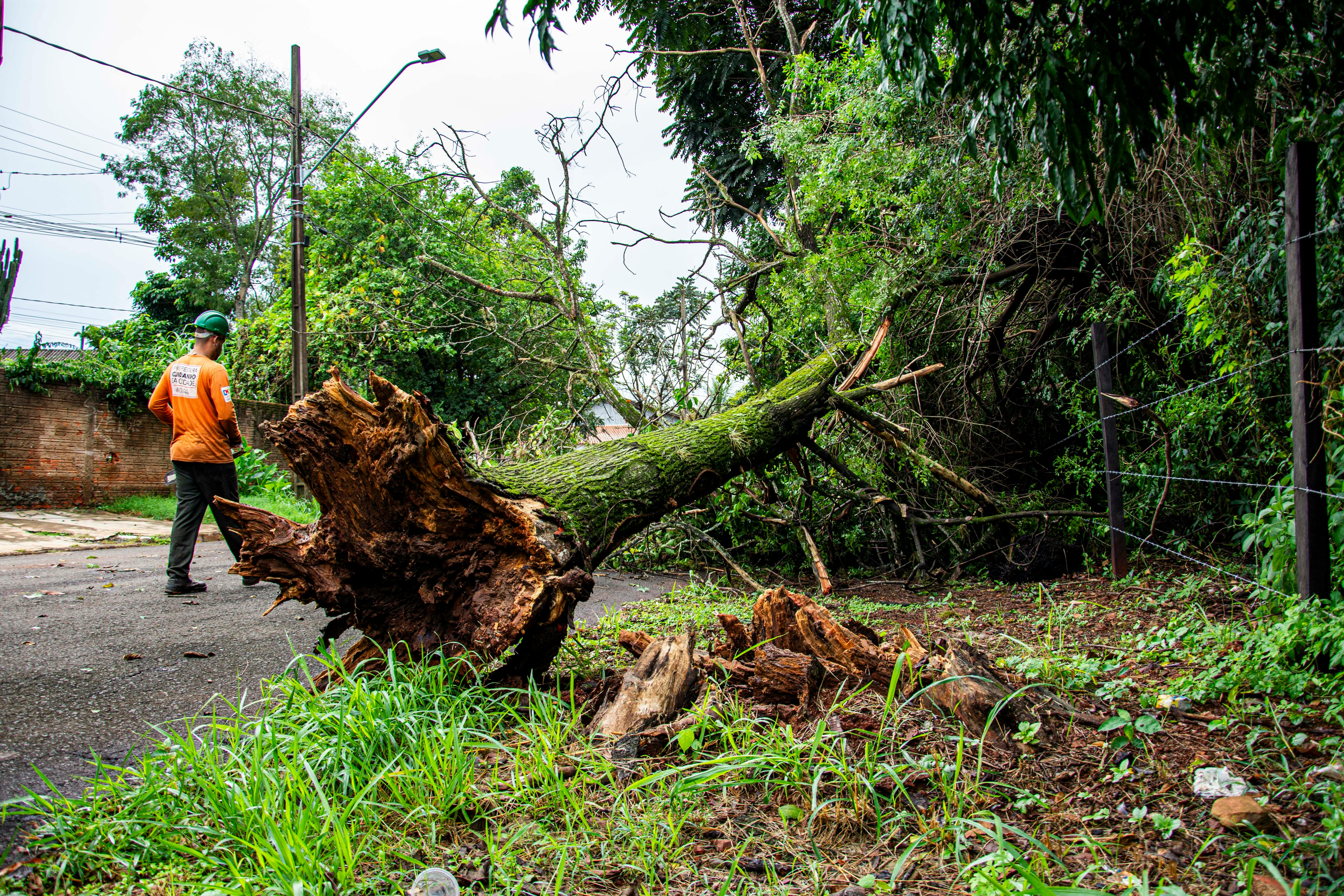What is the story about?
What's Happening?
The 3D-LAKES project has developed a new method for creating three-dimensional bathymetric maps of lakes and reservoirs using data from ICESat-2 altimetry and Landsat imagery. This approach aims to improve the accuracy of bathymetric data by validating it against in-situ measurements from various U.S. agencies, including the U.S. Bureau of Recreation and the U.S. Army Corps of Engineers. The project compares its results with existing global datasets, such as GLOBathy19 and GRDL33, and finds that the 3D-LAKES data provides more accurate A-E (area-elevation) relationships. The study highlights the importance of accurate bathymetric data for understanding water storage and management, especially in the context of climate change and water resource management.
Why It's Important?
Accurate bathymetric data is crucial for effective water resource management, environmental monitoring, and climate change studies. The 3D-LAKES project offers a significant advancement in this field by providing more precise data, which can help policymakers and scientists better understand and manage water resources. This is particularly important in the U.S., where water scarcity and management are critical issues. The improved accuracy of the 3D-LAKES data could lead to better predictions of water availability and inform infrastructure planning and environmental conservation efforts. Additionally, the project's use of satellite data represents a cost-effective and scalable solution for global bathymetric mapping.
What's Next?
The 3D-LAKES project plans to continue refining its methods and expanding its dataset to include more lakes and reservoirs. Future work will focus on integrating additional satellite imagery to enhance the precision of bathymetric maps. The project also aims to address current limitations, such as the inability to map very small lakes, by utilizing new satellite technologies like the Surface Water and Ocean Topography Satellite (SWOT). These advancements could further improve the accuracy and applicability of bathymetric data, supporting a wide range of environmental and resource management applications.
Beyond the Headlines
The 3D-LAKES project not only advances scientific understanding but also raises important questions about data accessibility and the role of technology in environmental management. The use of satellite data democratizes access to critical information, potentially empowering local communities and smaller organizations to engage in water management and conservation efforts. However, it also highlights the need for robust data governance frameworks to ensure that this information is used ethically and effectively.
AI Generated Content
Do you find this article useful?
















